July 09, 2020
Design
What's in style? Favorite UI trends of 2020
6 min reading
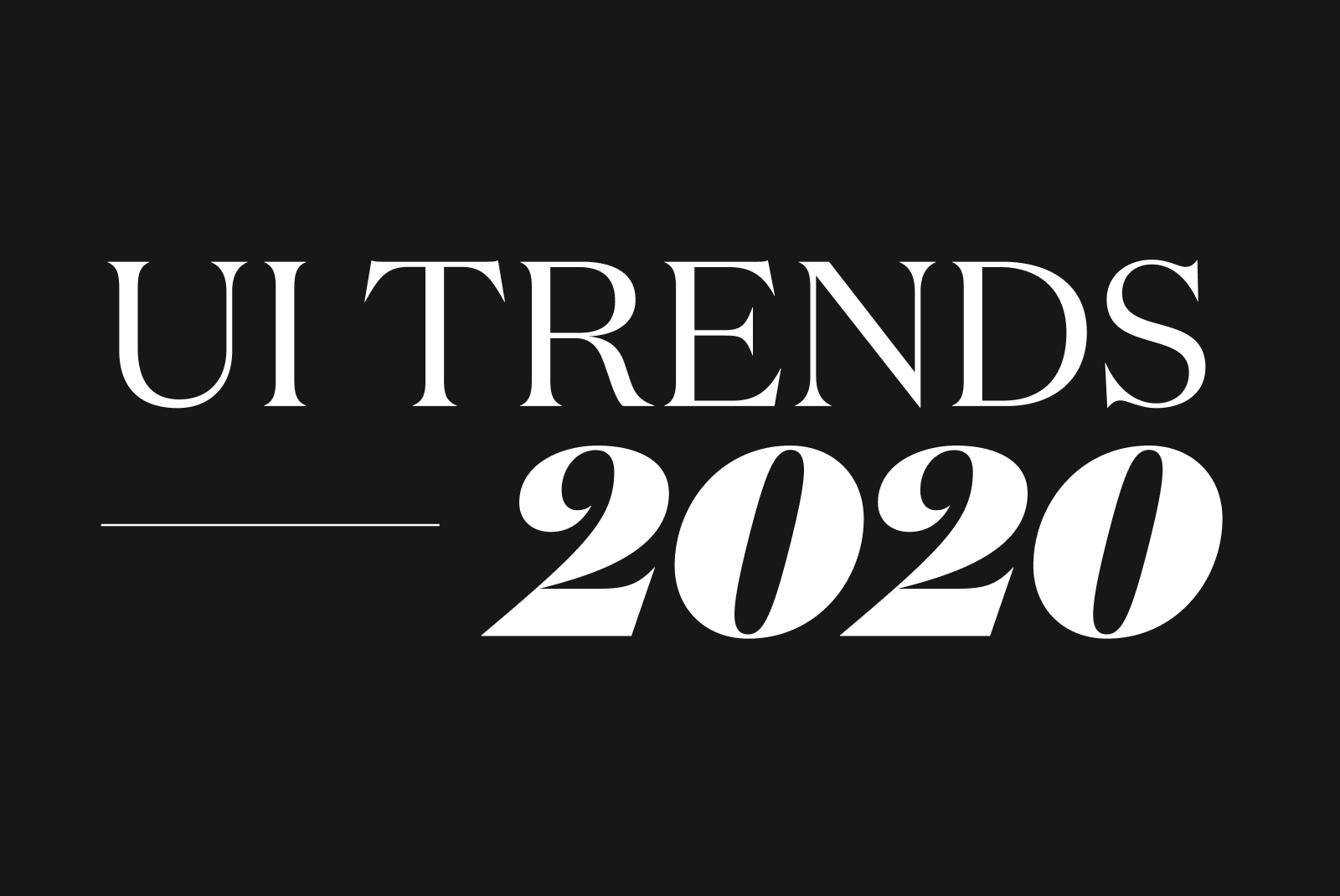
Every year there are dozens of articles about design trends, it is always nice to reflect on the predictions that were made at the beginning of the year and make a reality check on the way. There are some of my personal favorites and just stuff that will definitely stay with us at least till the end of this year.
- Typography
Typography has always been here for us, but this year it really amazes us with a vast range of top companies using typography as the main design element. This is a particularly strong direction in web design. In 2020 typography goes wild with amazing custom fonts. Type foundries are thriving and take center stage. With strong typography, you can build a strong visual hierarchy and create an appeal that prompts visitors to move forward.
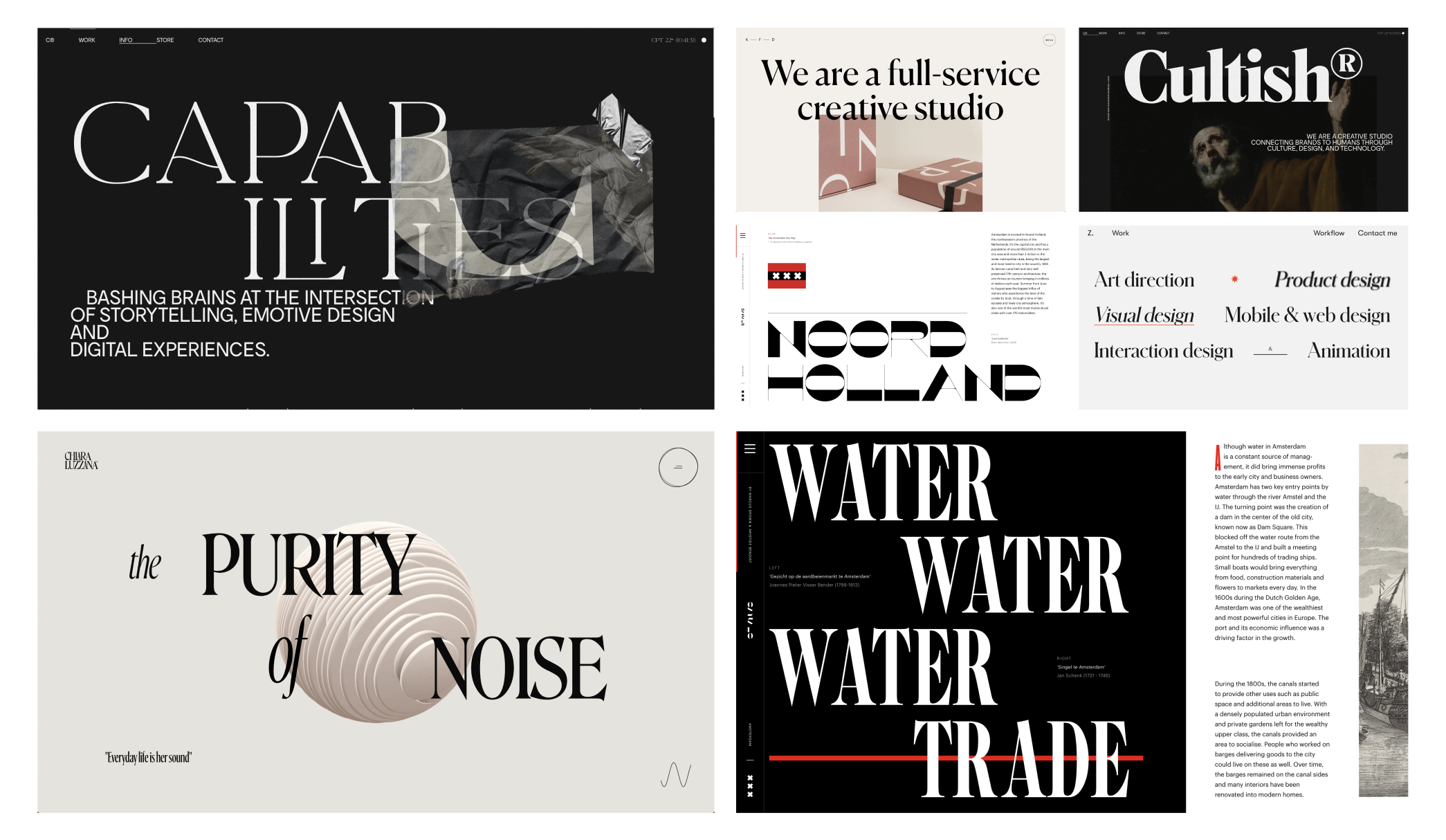
One of the recent bigger trends is kinetic typography, which goes beyond the limits of traditional typography and encourages stretching, twisting, and distorting letters. Commonly, designers are afraid of experimenting with fonts and typefaces due to the high likelihood of reduced readability. Although, in 2020, they take up new challenges in typography, break traditional rules, and bring surprisingly great results. E-Commerce websites and mobile apps with the kinetic typography in animated videos draw more attention to a brand, make it memorable, and demonstrate high performance.
- Quality photography
Stock images are a big no-no for 2020. Investing in quality photography makes your brand more trustworthy and unique. Giving enough attention to photography especially in e-commerce is crucial today. Product companies on the other hand can forget about classic and realistic product images, surreal item photos are stepping forward. The main idea is to daze the customers and attract their attention by showcasing interesting and unreal elements.
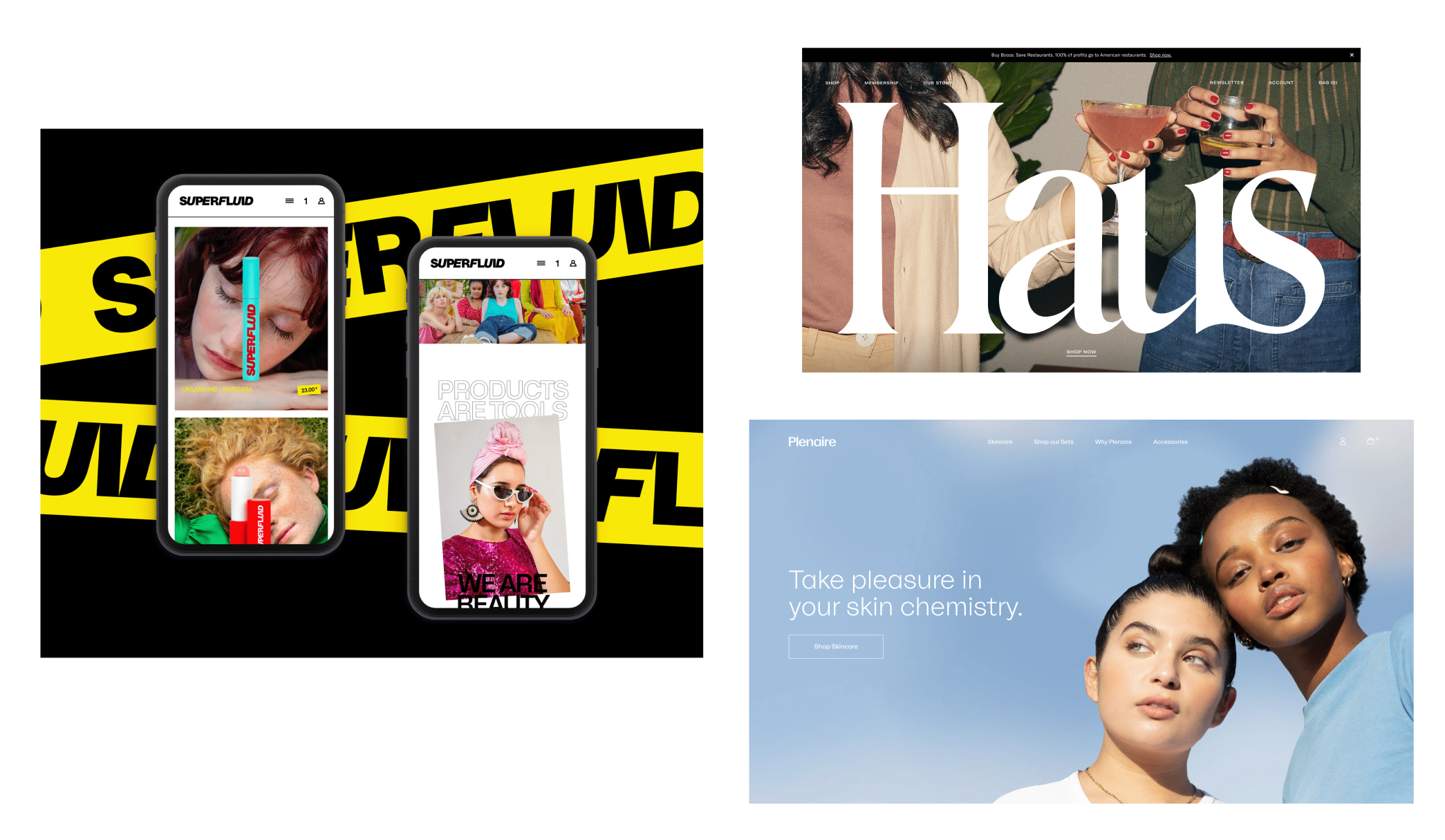
- Beauty
Beauty is back. Beauty as the height of aesthetic achievement has fallen out of favor. In the design world today, it is a passé to be interested in it. In the book "Beauty" by amazing designers Stefan Sagmeister & Jessica Walsh you can find some very interesting demonstration of why beauty matters based on data, historical research, and surveys.
They prove that beautiful works are not only more joyful, they also function much, much better. Creating beauty should be in the interest of any brand today. Beauty means reaching beyond what just works or what is simply pretty. This book is just great, I recommend it not only for visual designers but for product and user experience designers as well because it is definitely going to stay in the design world in upcoming years.
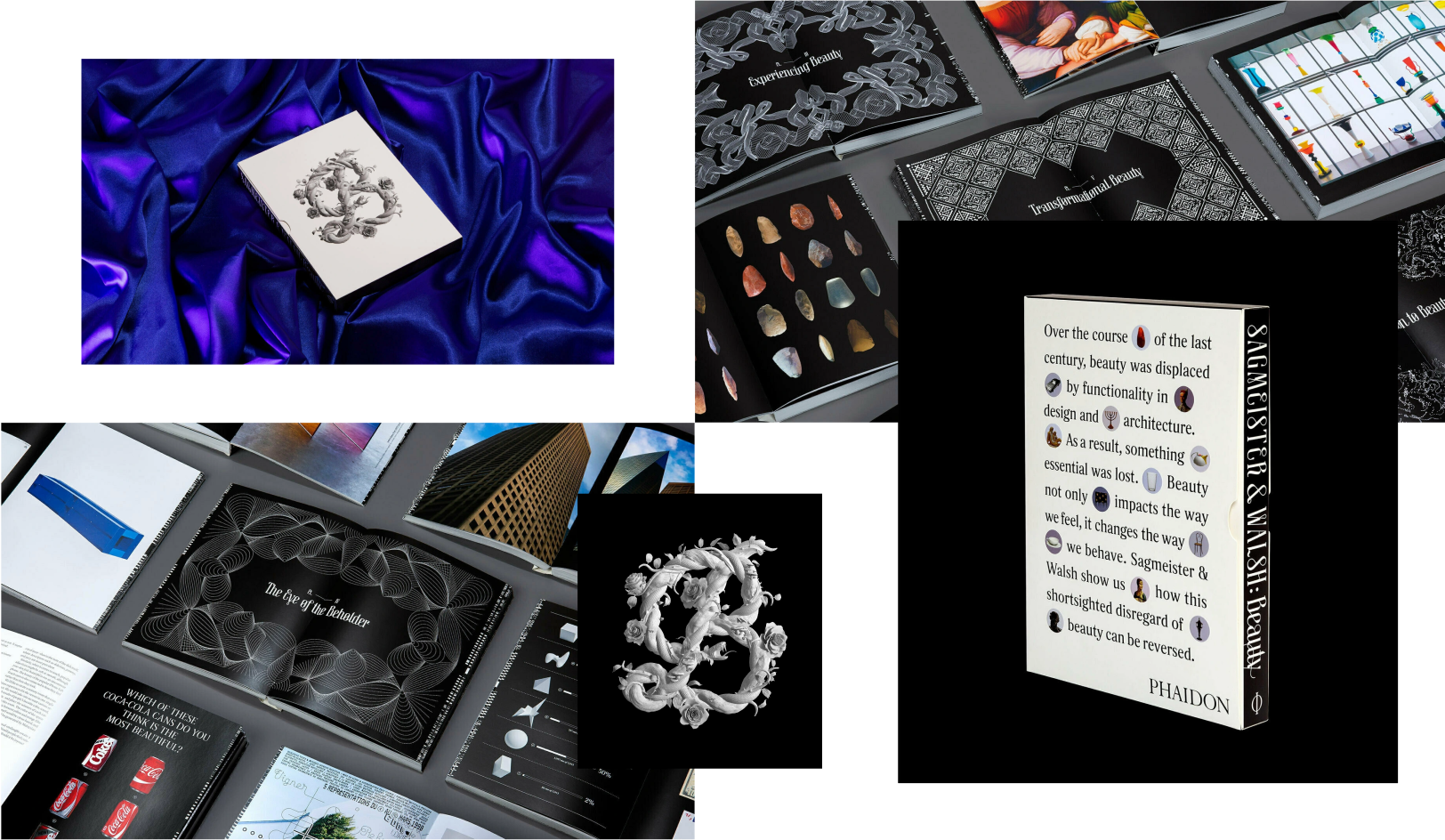
- 3D
The 3D design is on the list of UI trends at least for the last 5 years, but in 2020 we can see a huge growth of 3D incorporated in the web and app design. It helps UI to stand out from the crowd of alternative digital products and brands making it possible for users to understand the main concepts quickly.
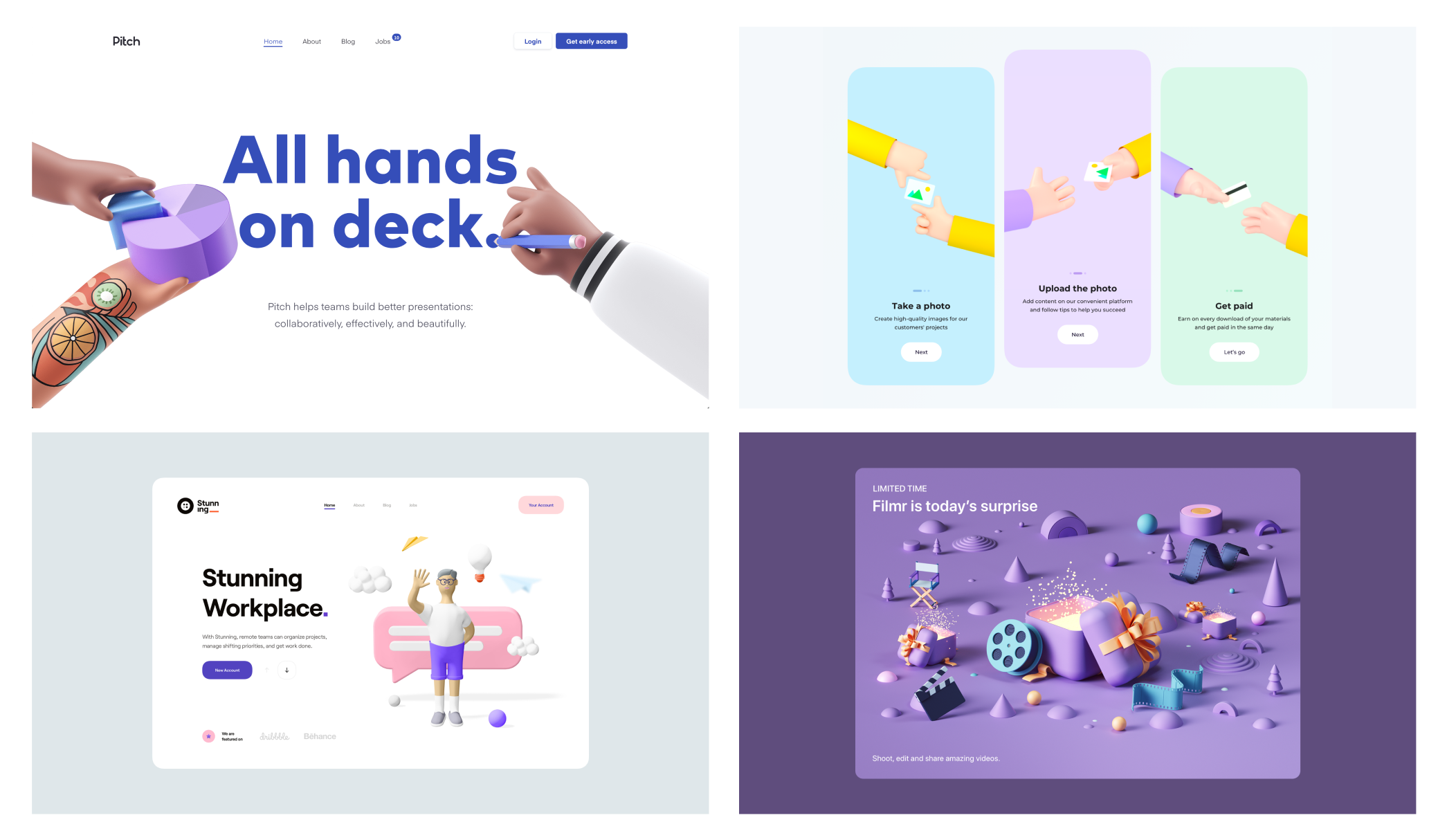
UX and UI specialists embed custom 3D components in UI designs to catch users’ interest and infuse brand personality. Users seem to be tired of traditional flat images that have been overused for so many years. Last year, abstractions and geometric compositions were the most popular, while this year cartoons and realism joined the ranks.
- UI Animation
Animation and motion graphics have become powerful tools not only for creative advertising and marketing but also for the user interface design. Videos have become a huge part of our lives with the extremely fast growth of the video platforms such as TikTok, so no wonder website and app’ creators also choose animations as the main engaging element in their products today. Complex animations with dynamic interactions can explain and sell your product much faster than just a basic static comp.
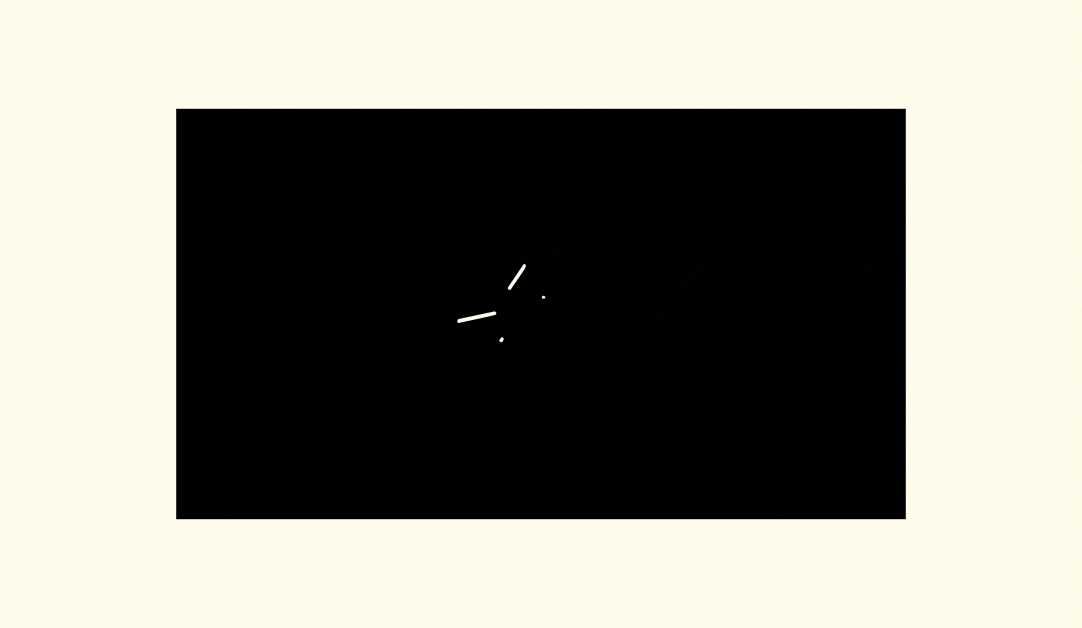
Microinteractions have also become almost invisible elements in each mobile application or website. By adding motion to cursors, buttons, icons, tabs, splash screens, visual cues, menus, and other UI elements, the user will respond much faster. In the apps, onboarding lessons are more often transformed into interactive video tutorials. Lottie animations gain more and more popularity and make life much easier not only for designers to work with animations but also for developers especially in mobile design.
- Asymmetrical Layout
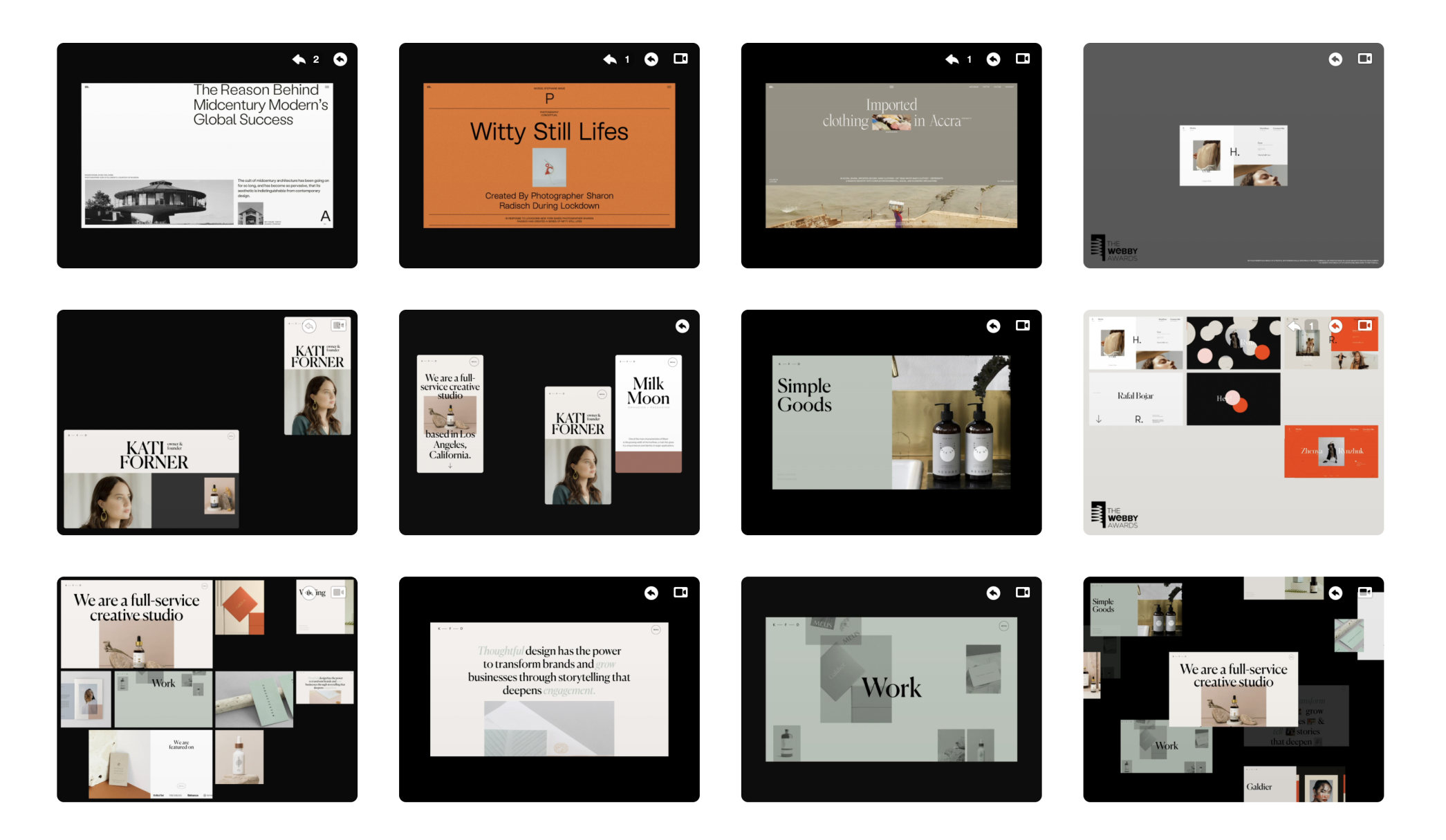
The traditional symmetry is not in fashion anymore. Businesses try to spice it up with unusual compositions, heavy usage of the whitespace, split screens, unconventional color schemes, and scattered layouts. Effectively used on websites and mobile apps, asymmetrical layouts add dynamics and fresh air to the user interface design.
The opportunities are really endless when it comes to asymmetrical composition. It gives designers a lot of space for creativity, although they require great composition skills to make it work. Well-designed asymmetries push the design boundaries and help brands rise above others with extraordinary experiences. One of the best examples of great asymmetrical compositions is what Zhenya Rynzhuk is doing, she has some very interesting layout choices.
- Neumorphism
If you watched Apple’s annual WWDC event recently, you could have noticed something new - Big Sur icon and user interface design. Neumorphism has been making the rounds on Dribbble and Twitter for a little while, and most of the response to it has been negative. There is valid criticism there, mainly that earlier design concepts were focused on design differentiation and not real usability.
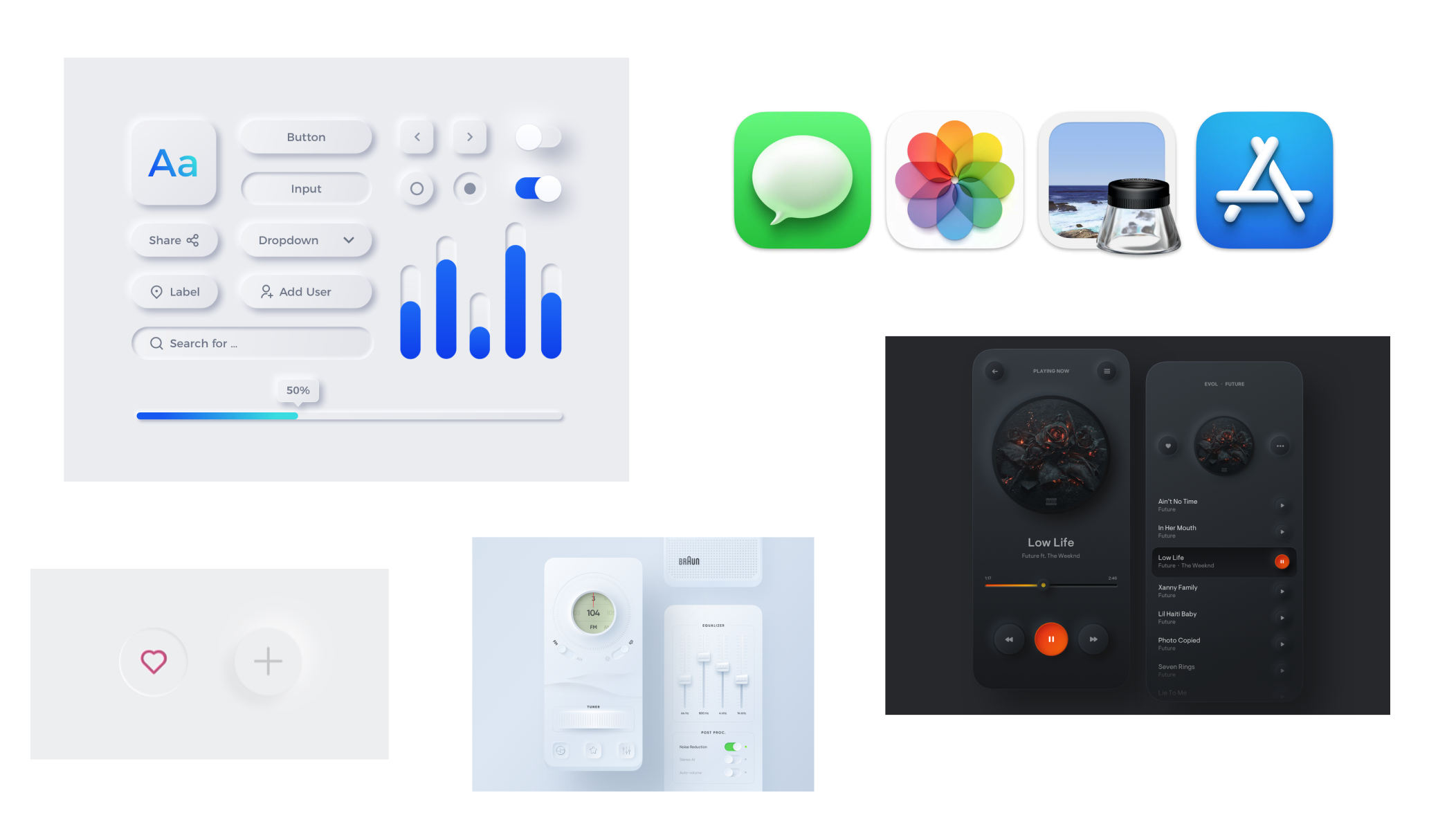
Criticisms aside, there is one undeniable feature to neumorphism that makes it so appealing. It looks fresh and new. What is it? Neumorphism is usually characterized by the intensive usage of the design elements that look like real-life objects. Explaining it technically, it is focused on how light moves in three-dimensional space. Now that the designers will be forced to work with neumorphism more, there will be a huge new wave of development around the possibilities of the system. So, start exploring it now before it's too late!